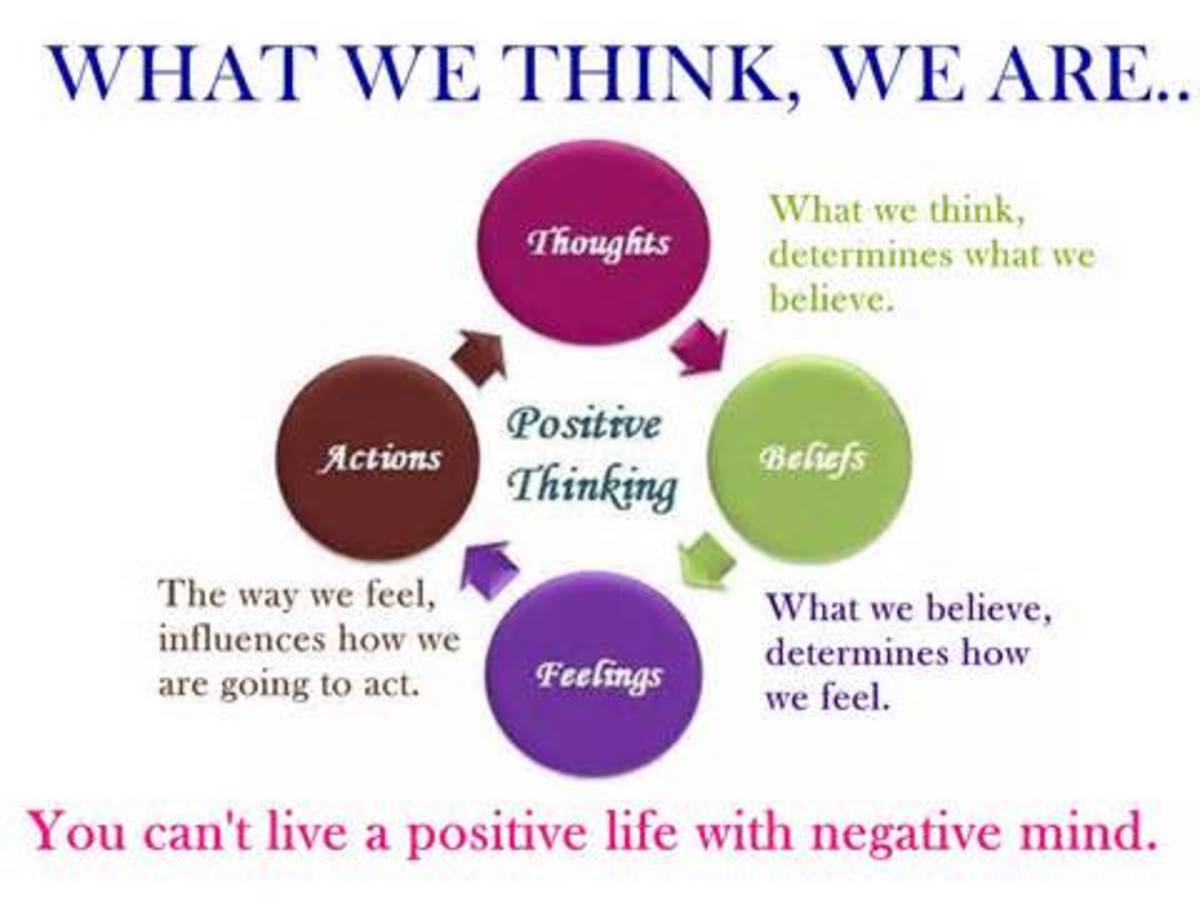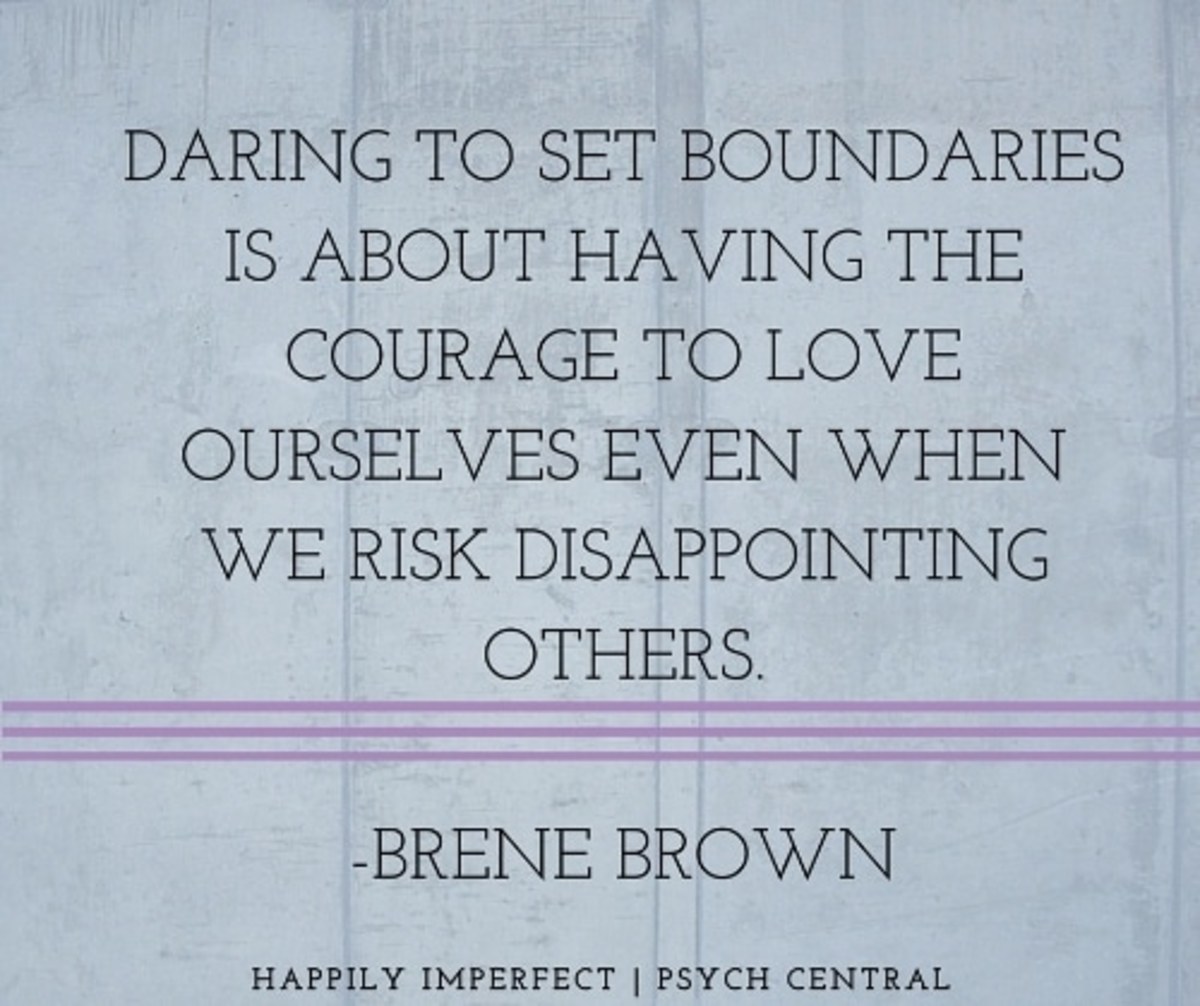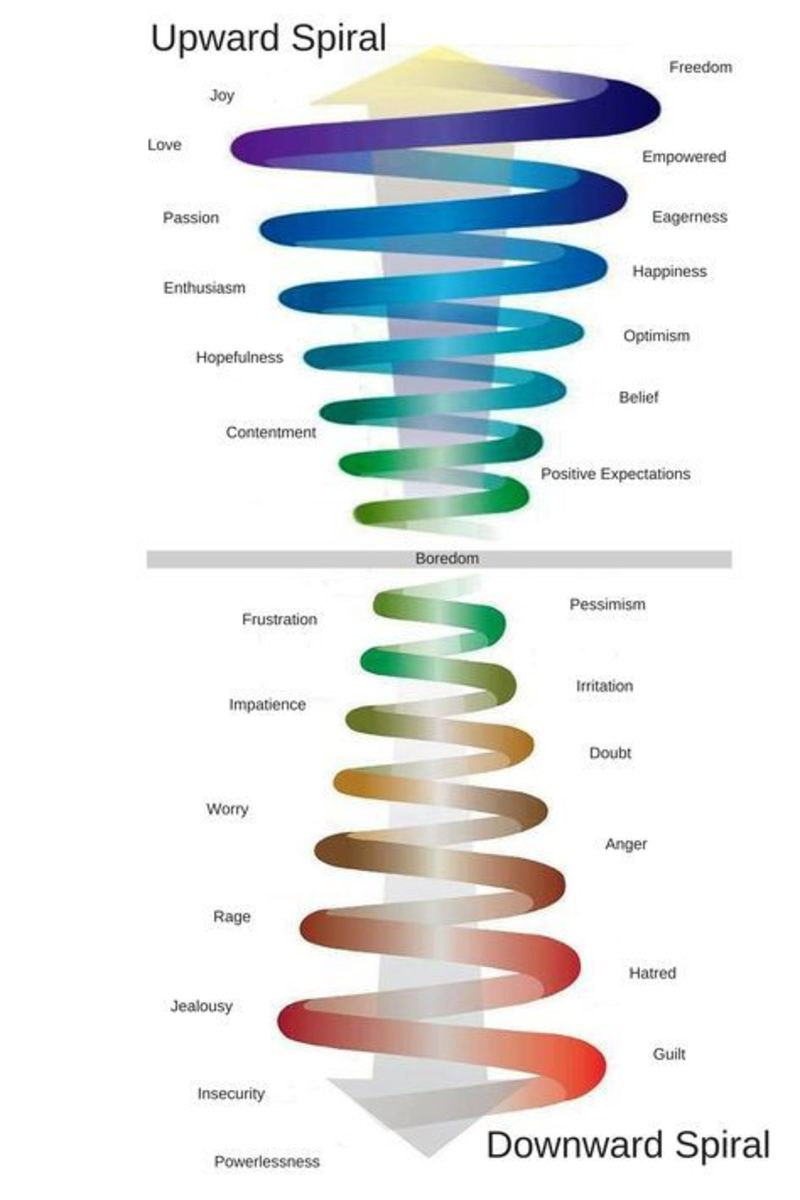Feeling Good about Yourself is More Than Positive Thinking

Over the last three or so decades, there has been a huge amount of self-help literature dedicated to the art of positive thinking. I like to think of it as an art, because not only is it something a very small percentage of the population are masterful at, but like art it is also requires constant practice in order for it to flourish. In other words – it’s something only a chosen few with great discipline are good at.
Positive Thinking Isn’t As Easy As It Sounds
Now, I don’t mean to sound dismissive of the ideals behind positive thinking. If you can achieve it, it is truly something wonderful and can make life’s natural ups and downs much easier to handle. But let’s face it, how many truly positive people do you know in your life? People who rarely have a bad thing to say about anything or anyone (even those that might, even slightly, deserve a critical comment) or who can see the positive in any situation? If you know even one person who fits the above description, then you are truly lucky. Though it may not always feel lucky, as just being in the presence of such perfection can make us mere mortals feel insignificant!
The reason for this paucity is simple. It is not in our human nature to be so unconditionally positive in our outlook. Why this is so isn’t clear. Maybe, from an evolutionary perspective, the ability (or disability in some cases) to view situations through darkly tinted glasses is necessary to ensure the survival of the species. If Java Man had naively deduced that every scratching heard outside the cave was probably just a tree rustling, then every single one of his kind would have been eaten by some wild animal and the human race may have ended up a total non-starter. Just as the physical manifestations of panic such as racing heart beat and tunnel vision are biologically necessary in the fight-or-flight syndrome, so is negative thinking an important cognitive component of ensuring survival. Or perhaps, as some new age thinking proposes, negative thinking is purely a function of the ego – a self-centred psychological construct through which the human experience tends to be filtered. The ego judges everything in the universe according to whether or not it is good or bad for ‘me’. Perhaps negative thinking always pervades when the ego prevails. Who knows, the possible reasons are unquantifiable.

Life Teaches Us to Think Negatively
I tend to think that causatively, life itself rather than nature is the main programmer responsible for pessimism. Java man learned that the scratching outside his cave was in fact dangerous because he went outside and checked it out. And lo and behold - it was a dangerous animal! A couple of times he may have been attacked and maimed by said dangerous animal. No doubt he’d even have heard countless stories about the Java Man two caves down, who was killed in the prime of his life by one such animal, leaving behind Mrs. Java Woman and eight young Java Kiddies to fend for themselves. I’m fairly certain that’s how Java Man would have come to assume that scratching sounds mean danger.
My point is, we aren’t born negative. A baby doesn’t come out of the womb, take one glance at the strange creatures cooing over him and think ‘Oh this is bad, very bad. These strange things are going to devour me!’. Nor does he think ‘Oh wow, these wonder beings look like they are going to tend to my every need, shower me with love and affection and hopefully buy me a car when I turn sixteen’. No, he looks up in bewilderment without any judgment and waits to see what happens. He has no frame of reference for good or bad, positive or negative. Yet, if those parents turn out to be cruel and punishing, he will soon learn to see adults, and probably the world, as negative and dangerous, just as he will have an entirely different outlook if they nurture him with love and tenderness. So in essence, negativity is learned to the same extent that positivity is.
Don’t get me wrong, I am not saying it is impossible to think positively if you’ve had negative experiences, or necessarily that everyone who has had a difficult past will automatically have a pessimistic outlook. Heck, even people with brilliant lives think negatively at least some of the time, and some with atrocious upbringings turn out to be angels of optimism. I am only saying that as a simple act on its own, thinking positively is not always as easy or as helpful as some may make it out to be, especially if you are grappling with lifelong low self-esteem.

The Proof is in the Pudding
The reasons for this are many. Firstly, it’s not like you can just flip every negative self-statement around and turn it into a positive one. Why not? Because your core self won’t believe it! If you have a deep-seated belief that you are an unworthy human being, you can be guaranteed that roots of that belief stem back to your early formative years, a crucial time in the development of self-concept. Furthermore, that negative belief would also have been fed with years of corroborative experiences and judgements that reinforced it and strengthened its potency. No amount of plying the person in the mirror with praise is going to change years of self-loathing. Positive affirmations are wonderful in principle, but if at your ‘core’ you truly don’t believe what those affirmations are purporting, then you will never really endorse that positive idea, no matter how many times you repeat it silently or aloud. Let’s be honest – thinking positively is only going to help if you are also ‘believing positively’.
So why can’t the brain switch opinions just like that? Because your brain needs proof- tangible evidence - before it will believe anything different.
Take Bob, for example, who believes that he is a total loser who has failed at everything in his life and will never succeed no matter what he does. Bob can’t just turn around his outlook by reciting mantras about his inherent worthiness and his right to love and success. He may try, but it won’t truly effect any change in the way he feels about himself. Plain and simple – Bob has no reason to believe this, no proof that this is the case. You see, his mom left when he was seven, he dropped out of high school at 15, and he’s barely been able to hold down even a menial job in the last few years. He’s never married, though he desperately would like to, and he lives paycheck to pay check. Bob’s experience tells him his beliefs about himself are true and no amount of positive thinking is to change his life experience.
It doesn’t mean that it is impossible for Bob to change his perspective though. In fact, many would argue (and rightfully), that at least some of Bob’s misfortunes were self-fulfilling prophecies. Because he believed he was a loser, he acted in ways that would in fact validate those beliefs. This is (at least partially) the truth, but the truth is also a double-edged sword. Bob is only likely to start believing in himself once he has more positive experiences to lay down the foundation, yet those positive experiences are unlikely to occur whilst his mental compass is broken and forever leaning to the negative. Moreover, he is unlikely to take into account any positive things he has already done or that have happened when conducting a mental inventory of his life, which also reinforces his negative view of himself.

But We Can Unlearn Negative Thinking
So if positive thinking is not as simple a solution for enduring negativity as some would have us believe, what is? Personally, I think that there is a middle step between negative and positive thinking, and taking that step is the only way the transition from the lower to the higher is made possible. That step, quite simply put, is balanced thinking. I am fond of the great philosopher Epictetus who said so aptly that
‘Men are not disturbed by things, but by the view which they take of them’.
Such a simple statement, yet it encompasses an amazingly liberating philosophy. You are not a victim of your life, you are a victim only of your thoughts. And guess what! You have control over those thoughts and the power to change them! So first seek balance in your view, then maybe positivity will be possible. Like heating a kettle, the cold water becomes warm before it turns hot. You see, the real problem lies not in the negative experiences we have, nor even in the negative thoughts themselves. Given no credence, our thoughts can easily be changed. The real problem lies in our interpretations – the way we construe our experiences and consequentially construct our underlying beliefs.
Bob first believed he must be a loser when his mom left him. Suzie’s mom also left her, but Suzie thinks that her mom is the loser. When Janie’s mom left, she believed that her mother must have been mentally unwell and felt sorry for her. Each experienced the exact same problem but had three different ways of looking at it. None of the three were right, and none were wrong. It was what it was. But which point of view was the most balanced, and in turn, the most useful for the person? Bob’s certainly served him only to bring him down. Suzie’s viewpoint could have been useful to her, or might have turned her bitter or put her off becoming a mother herself one day. Janie’s interpretation was the most useful insofar as she was able to maintain a compassionate view of her mother whilst also preserving her own worth and dignity. Who was right? Maybe all and maybe none but does it really matter when in the end, what’s done is done?

Striking The Balance
Of course, the above example is probably a trivialisation of a serious issue. I point it out only to illustrate a fact – in some cases, the only way to reach peace with an issue is not to think positively about it, but to put it in perspective. Achieving balanced thinking is not done simply by switching one thought for another, but by looking at all angels of the various triggers that bring on these negative thoughts and beliefs. Instead of subbing the negative thoughts, scrutinise them! See that thought for what it is – just a thought. Don’t own it, or identify it; just look at it and analyse it.
Where’s my evidence for this thought?
What makes me think this negative thought is true?
Am I basing this belief on hard core fact or am I making assumptions for which I have no proof?
What would somebody else who knows me really well say if they heard this thought?
Am I ignoring any evidence that points to the opposite of what I believe, or at the very least, makes my negative thought less than 100% true?
What’s another way of looking at this situation?
What benefit does holding this thought or belief have for me?
Are there any disadvantages of holding this thought or belief?
Am I being biased?
The fact of the matter is that most people are never trained how to how to use their brain on an every day functional level. Sure, school teaches us how to solve abstract problems, how to reason, how to read, write and do arithmetic. But we are never formally schooled in using our brains ‘appropriately’ to think about everyday life – ourselves, others, and the world we live in. Most tend to accept their own thoughts and beliefs at face value, as if they were scientifically beyond question. ‘I think I am a loser and I have always felt this way, so it must be true’. In the same token, those same people are usually biased in the way they attend to and interpret the information that supports their negative beliefs. If you think that you might be a loser, you look for characteristics about yourself or phenomena in your life that confirms that belief. At the same time, you totally ignore anything you find that contradicts that evidence. This is true of any hardcore, dysfunctional belief. Ask a racist, for example, if he would ever seek to find reasons why his chosen prejudice might be inaccurate or wrong. No way! He looks conjures up ‘evidence’ to back up his belief, and when confronted with something that contradicts it, he negates it or ignores it outright. Much like a racist in fact, people with severe low self-esteem tend to be extremely prejudiced against themselves. Try selling positive affirmations about members of ethnic minority groups to a racist!
Belief Leading to Change
Human nature is to seek out and find what we already believe to be true. Only by sitting down and looking at situations or triggers (events that elicit negative thoughts) from an outsider perspective, and by stepping back from our negative thoughts and seeing them as ‘just thoughts’, can we see that our views are skewed. When we leave behind arbitrary negatives (‘I am a loser.’) and endeavour to see things in a more balanced way (‘I have failed and succeeded at different things but I learn from my experiences.’), we then become ready to move on to the next level of thinking (‘I am a success!’). Which, most importantly, is the impetus for behaving in positive ways and can activate a snowball effect. In doing this, though, we also accept that not all negatives are bad, as some negative thoughts inspire us to do better and be better people.

Getting to the Positives
Which brings me back to the idea of positive thinking. It is a wonderful thing if you can achieve it. But the path to achieving it might involve a pit stop somewhere in the middle – at balanced thinking. It’ll take a little more legwork than simply changing the thoughts themselves – if you want your mind to truly accept and endorse the positive thoughts in the long run. Achieving balanced thinking involves the reinterpreting of information; the dissection of old ways of thinking before turning them into something different. This act of critical analysis satisfies the human brain’s need for logic and reason. Simply switching negative thoughts to positive thoughts, as implied by ‘positive thinking’, leaves the critical part of the mind feeling unsatisfied. Somehow it can’t help but feel as if it were trying to make reality out of a fairy story, and that as nice as positive thoughts sound, they just aren’t real. But through critical analysis, the mind achieves balanced thinking – not necessarily glowingly positive thoughts, but helpful thoughts. More importantly, it learns that the negative thoughts are all a fantasy. And only then will it be able to truly let it go of negative thoughts and beliefs and adopt something more positive and useful.









